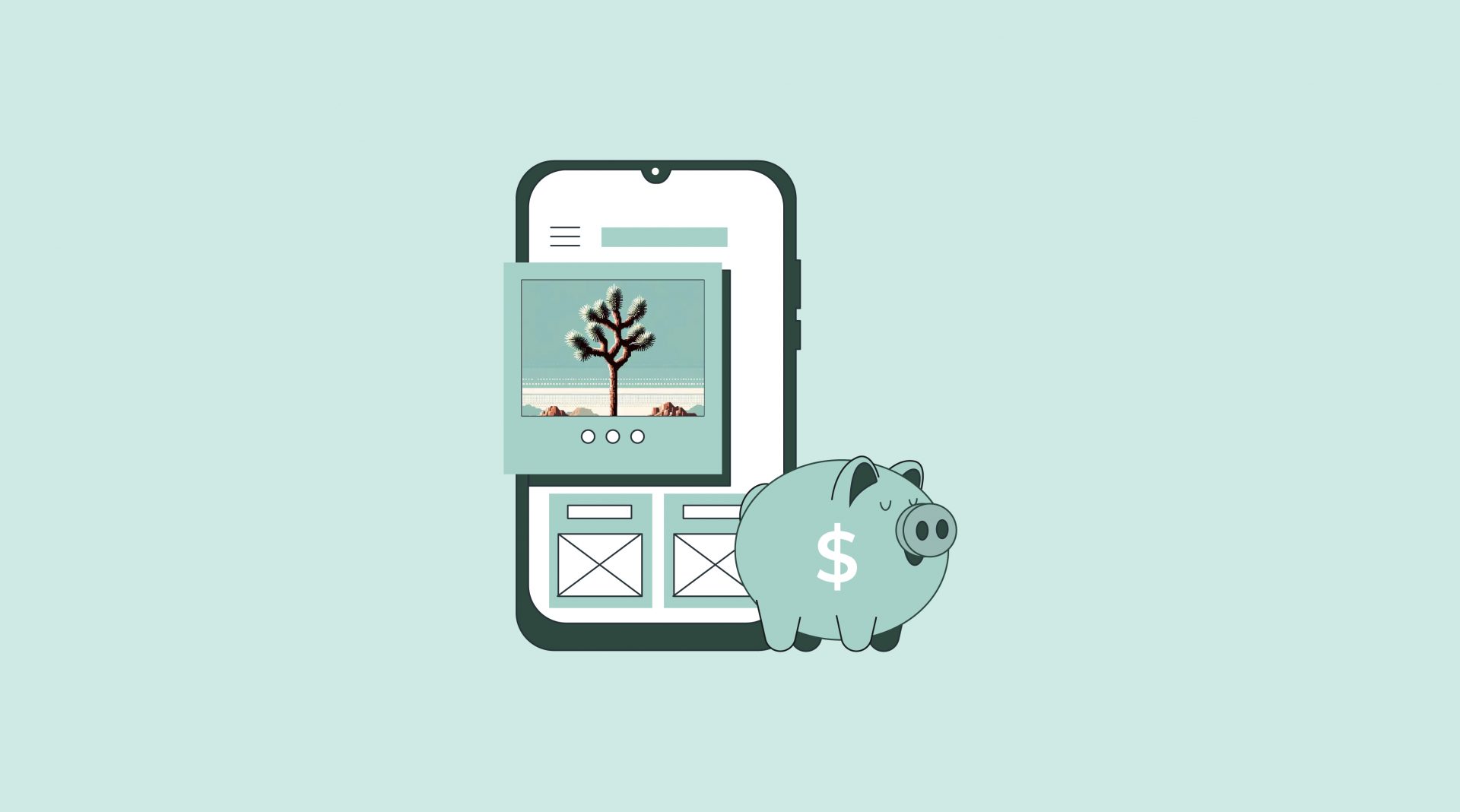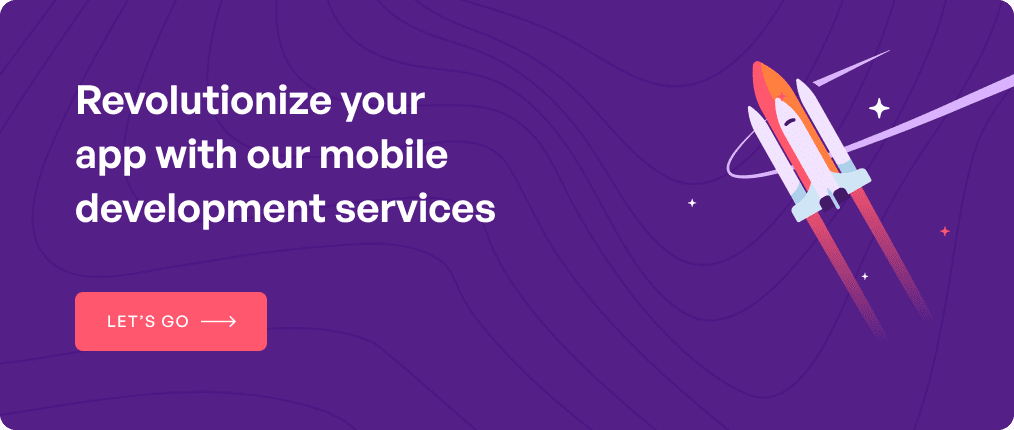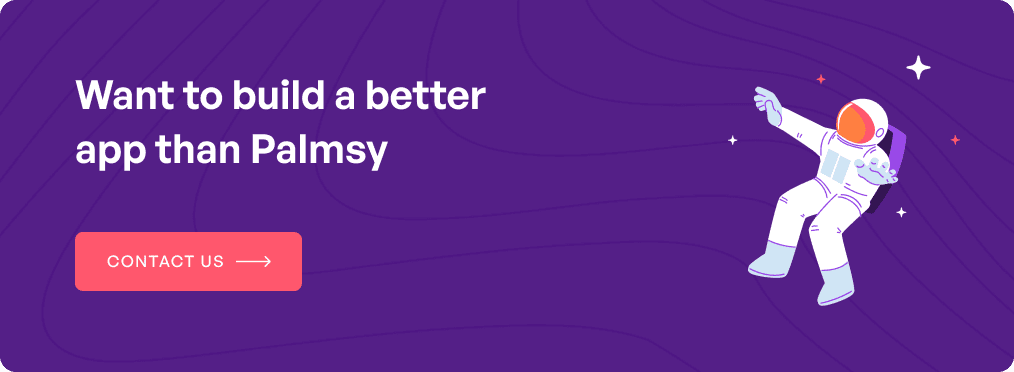Did you know that social media affects the brain like falling in love? Well, using it can activate the brain’s reward center which releases dopamine. In fact, ‘likes’ are considered as social validation and are almost like currency today. They foster self-confidence and well-being. This ongoing need for affirmations makes it hard to avoid apps like Instagram, Facebook, Snapchat, Threads, and Twitter (X) to name a few. We all know there’s also a dark side to this. Social media has been repeatedly linked to compromised mental health at times. This is because a lack of online validation typically leads to anxiety, low self-esteem, and rejection, especially among the young crowd.
Enter Palmsy, a quick fix to these woes! As you might already know, it’s an anti-social media app where you post to no one yet get artificial likes. Here are the basic features:
- lets users create little posts and notes.
- invisible to anyone except the user.
- sends push notifications which are ‘fake likes from real contacts’ of the user.
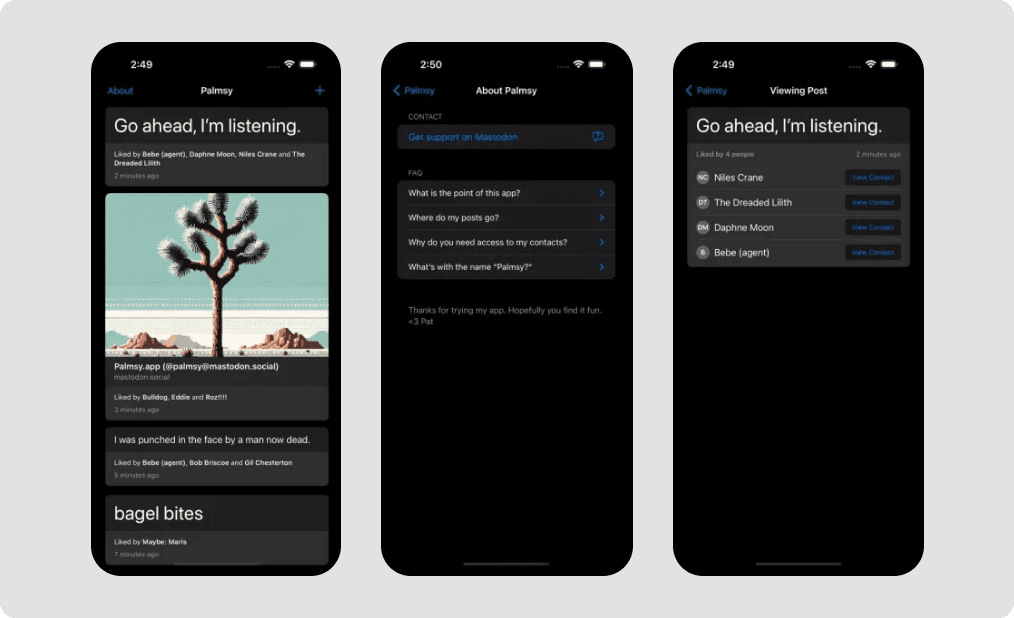 Yes, Palmsy has a strange setup. Yet it is a harmless way to offer recognition and real social media detox to digital natives with constant internet cravings. Creating an app like Palmsy is perfect for mental health advocates, healthcare institutions, or NGOs to add value to their customers. It offers a sudden rush of happiness, lets end-users jot down their emotions privately, and ensures a therapeutic relationship between the phone and the self.
Yes, Palmsy has a strange setup. Yet it is a harmless way to offer recognition and real social media detox to digital natives with constant internet cravings. Creating an app like Palmsy is perfect for mental health advocates, healthcare institutions, or NGOs to add value to their customers. It offers a sudden rush of happiness, lets end-users jot down their emotions privately, and ensures a therapeutic relationship between the phone and the self.
From ideating a similar app to releasing it on the iOS platform – the process can cost between $30,000 to $3,00,000. In the next two sections, let’s get an idea of its features and the app development cost breakdown in detail.
Table of contents
Must-have features to build an app like Palmsy
An idea of the existing features will help you differentiate in your app. This uniqueness ensures creating a separate identity in the market. A strong idea of the features further lets you plan the design, development framework, perform competitor research, and identify the cybersecurity measures to avoid a pitfall. Let’s go.
Private texts and photos
‘Private’ here does not mean ‘explicit’ content. It simply means confidential and individualistic posts with a little mix of secrecy. This can include inner feelings, fears, anger management journals, self-reflection, and analysis – in short, users’ personal online diary which is not shared with the world. They simply interact with themselves for better clarity and self-awareness which helps destress and attain calmness. The idea behind creating an app like Palmsy is offering medicine for their mental health that is theirs alone.
Fake likes
Palmsy pulls random names from users’ contact list first. This could be their best friend or the ones they have not spoken to in years. Then it sends push notifications of their fake interaction with the post. This instigates pleasure and happiness released from neurochemicals- the ones that typically come from a sudden validation. It is also an impressive way to avoid loneliness and keeps users from questioning their worth. All of these, without the effort of gathering real followers. Another benefit of random likes from this anti- social media app is to remind users of contacts that they might need to delete.
Push notifications
Palmsy sends alerts of the likes that users receive on posts. These are artificial ones since friends do not get to see the content. Advanced features let users limit the number of likes on a post and thus lessen the notifications they get in an hour or day. Further, the app lets the users decide the number of like-notifications they want to receive in a second or minute and for how long. Overall, it is a way to ensure mindful app usage.
Security
No post leaves the device so user-privacy is intact. Mobile app developers also designed it in a way that the new content stays forever and old ones can be accessed whenever. This lets users afford a dopamine hit anytime which is offered like a real post without the threats of public exposure or misuse of private information. In short, Palmsy is a digital placebo that can improve mental health to a great extent.
Cost to build an anti-social media app like Palmsy
This depends on multiple factors like UI UX design complexity, supported platform, back-end infrastructure, size, bug fixing, OS upgrades, geographical location, app administration, and similar functionalities and features of Palmsy app. Here’s a look:
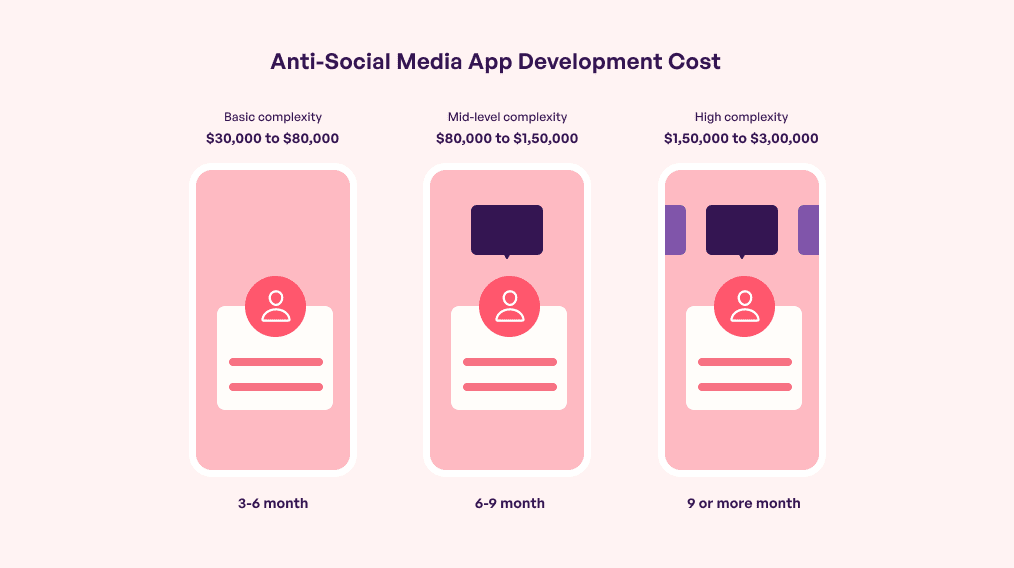
Phase 1: Discovery
Estimated cost: $4,500 approx.
This is the stage when the developer and you arrive on the same page in terms of needs and business goals. It takes nearly 30-40 hours to finalize features, think of a design system, and pick a development framework to build a journaling and social media app like Palmsy. You will have to invest approximately 15% of the overall app development budget to this.
Phase 2: Prototyping and designing
Estimated cost: $15,000 to $30,000
This is the phase where an early version of an anti-social media app is drafted. The product designers would ‘design’ a tangible model of the idea conceptualized in the previous step. This helps with a well-mapped out user flow which ultimately improves the app. In fact, prototyping and design are extremely important steps for app aesthetics and user experience.
Phase 3: Coding/Development
Estimated cost: $35,000 to $75,000
A significant share of the overall cost, that is 50% -70%, will be invested to build an app like Palmsy. The developers use the app development technology stack that has been discussed in the discovery phase. IT developers, QA engineers, and a project manager come together to execute this stage. Only pure coding is done – no discussions, brainstorming, or meetings are held.
Phase 4: Quality Assurance and Testing
Estimated cost: $8,000 to $18,000
The app elements must work well and the parts must interact with one another accurately and in sync. This is exactly what this phase determines. Adaptability to technological changes is confirmed here. Further, defects are identified and resolved by QA specialists with high-end quality assurance and testing procedures along with code refining and enhancements of the social media app features and functionalities.
Automated testing is the last step of this phase. Its unit and system tests include:
- Performance
- Security
- Integration, and
- Final system testing.
All of this effort makes sure the app runs smoothly without hiccups.
Phase 5: Deployment
Estimated cost: $2,000
The app will be pushed for final release when the code is clean with zero bugs. The stage involves app verification and backend data transfer. Other activities are installing and configuring the app to a particular URL on a server. This stage can be automated to streamline app updates which reduces the risks of human error.
Phase 6: Maintenance
Estimated cost: 25% of app cost, annually.
The app needs to be updated from time to time after release. This will help it stay up-to-date with the latest market trends and business needs. Further, as user volume increases, having a proactive support plan in place is a must. It will consistently look for areas that require improvement with monitoring tools. Real-time alerts help in constant positive changes.
Other costs to build an app like Palmsy will include PWA, IoT integrations, accessibility features, and geolocation. Know that, cross-platform approach costs 40% to 50% lower than the native apps which is a fantastic way to reduce the expenses.
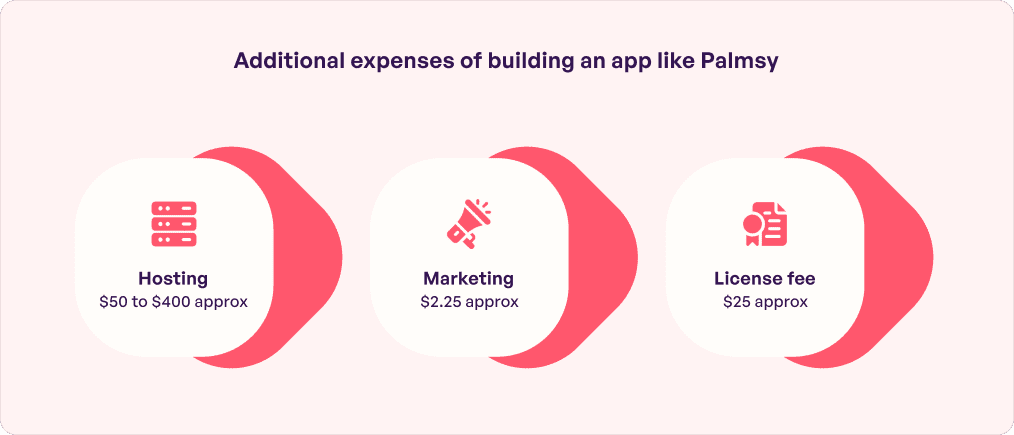 Keep a few hidden expenses like backend infrastructure, security features, and app store fees in mind. It will help you arrive at a comprehensive cost.
Keep a few hidden expenses like backend infrastructure, security features, and app store fees in mind. It will help you arrive at a comprehensive cost.
At this point, you must be wondering how to get started already?
Introducing Simublade, a Texas-based company offering mobile app development services with a focus on building high-functioning software for both Android and iOS. Read about how we offer discovery workshops, UI/UX design, PWA, app support, maintenance, and modernization. Unleash your anti-social app’s potential with us since we maximize innovation and immersiveness for the best user experience.
Factors that affect the cost of creating an app like Palmsy
Application development cost is typically influenced by multiple factors. Having a clear idea beforehand can help make an informed budget decision. Here’s a look:
Platform
Palmsy is only available on iPhone and iPad variants as of 2024. This means it is a single-platform (iOS 17.2 or later) app and the cost to host will typically be lower than hybrid apps. This is because it depends on integrations with multiple external systems.
Features
Social media app features play a major role in app development expenses. Palmsy, for example, has quite a few quirky features. For instance,
- it sends notifications from random friends
- stores the posts on the device
- lets users post photos and texts to themselves, and
- allows users to decide the number of likes and a particular time frame.
In short, the social media experience is tailored to specific preferences. If you want a similar framework, discuss it with the mobile app developer to get an idea.
Data privacy
Palmsy stores sensitive personal information like posts and texts that are visible to none. So, building a similar app means AI-driven solutions are a must to ensure stringent data privacy and security measures. This must include authorization, cryptography, encryption, security patches, and anomaly detection.
Design complexity
The cost will depend on the design type and the visual impact you wish to create. For example, you might have to invest $10,000 to $20,000 to get medium-level graphics, font, color, buttons, schemes, widgets, and layout. The overall pricing will automatically be low if the user requires a minimalist interface with a basic tech stack. In short, it runs on ‘you get what you pay for’ – the amount you spend decides the design scope.
How to reduce the cost to build an app like Palmsy?
Implement the below strategies and be careful with your budget to lower the overall cost required in creating an app like Palmsy. Fret not! The quality of the final product is never compromised in the process.
- Consider working with mobile app developers who follow the MVP approach. It saves you from building a full-fledged app with risks of zero-market acceptance. MVP approach offers a competitive edge with minimal investment. Entrepreneurs can get it tested on a mass scale first with a basic version in just 12 weeks. The next steps are taken according to the feedback. This is especially helpful for start-ups to lower the cost of building a comprehensive app.
- Minimize the functionalities and remove unnecessary features. Focus on the main ones like fake likes and comments, data privacy, push notifications, and similar ones. These are likely to ensure maximum user engagement which reduces the chances of the app getting uninstalled.
- Get a scalable app created that can handle big user volumes as and when required. This eliminates performance issues, service interruptions, and ineffective use of resources like network infrastructure and databases. For this, consider scalable technologies like microservices architecture and adding multiple servers to ease the app’s workload.
Consider hiring a dedicated development team like the one at Simublade! From idea to mass success, we take care of all stages of the app development. Having worked with a wide range of languages and frameworks, we have a clear idea of what would work best for your unique project and within your budget. Connect with us to build a better app than Palmsy.
How to build a better app than Palmsy?
While Palmsy has an excellent concept, there are loopholes to be addressed that can help you create a better app. It offers plenty of opportunities for improvement instead of promoting superficiality which is a temporary solution to a bigger issue. Here’s how.
Private yet real human interaction
Palmsy alters the idea of reality by replacing genuine connections with artificial affirmations. It acts like a ‘hollow substitute’ which can quickly lead to saturation. However, it is extremely important to interact with flesh-and-blood humans. This is proven by a study by Stanford Medicine that found strong social connection increases the chances of longevity and immunity by 50%. One way to achieve exactly this is to allow the formation of a close community on your social app with people who users trust wholeheartedly. This maintains privacy to some extent while users can share thoughts without the risks of judgment or shame. This also calls for genuine care and help, if needed.
Real likes for real validations
Try to keep the feature of natural ‘likes’ in your app to maintain the authenticity of virtual interactions. This is in contrast to Palmsy where users are creating something like a parallel universe for themselves to seek mental peace from false social reassurance. To avoid this, design your app in a way that people from your users’ contact list can press the like button if the content resonates with them. Else, they can simply leave a few positive words on how to improve. This can motivate users to refine their work since the feedback is coming from people who truly care. No negativity, just a kinder and more empathetic online world helping each other thrive and survive.
Limited posts for low screen-time
Endless likes can spike the dopamine level quite high. This, on a repeated basis and in small intervals, can be extremely harmful. It leads to attention deficiency and even something as serious as Parkinson’s disease! Consider blueprinting the features of a Palmsy-like app in a way that users are protected from continuous social exposure and distractions.
For instance, allow two posts a day with a cap on the number of likes. Set the highest limit too. This helps users feel satisfied when they achieve the mark and then they can close the app. Otherwise, they can work on their posts once a while when they do not reach the ‘likes’ standard. This helps maintain a proper chemical balance in the body instead of posting every hour and checking their phones to seek social approval. It is also a fantastic way to save the users from getting overwhelmed by fake responses.
FAQs
Q. What is the average cost range for developing an app like Palmsy?
Ans. The cost to build a social media app like Palmsy costs somewhere between $30,000 to $3,00,000. However, it will depend on several factors. For instance, you will have to consider the developer team, geographical location, complexity, platform, design, and the similar functions and features of Palmsy app.
Q. How long will it take to create a social media app?
Ans. It takes about 3 weeks to approve an idea, 3 weeks for product prototyping, and around 10 months for the development and launch. Altogether, it takes about 8-12 months to build an anti-social app like Palmsy.
Q. What is the required team size for developing an app like Palmsy?
Ans. Around 3 to 10 people can build an app like Palmsy. However, the number of developers depends on the complexity of the app.
Q. Is it expensive to create an app similar to Palmsy?
Ans. The app development cost breakdown depends on the type of app that is being designed. Be it Palmsy or others, the price depends on whether it is a native, hybrid, or a web app. Further, features, functionalities, UI UX design, security, and geographical location along with whether it is a basic or advanced infrastructure, matters.


